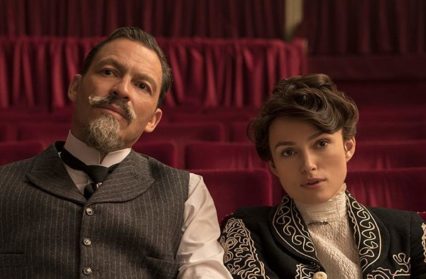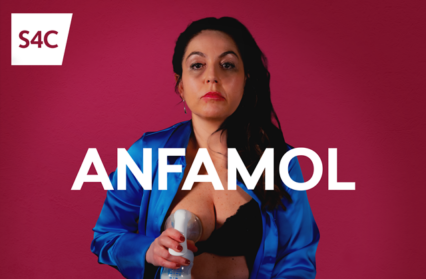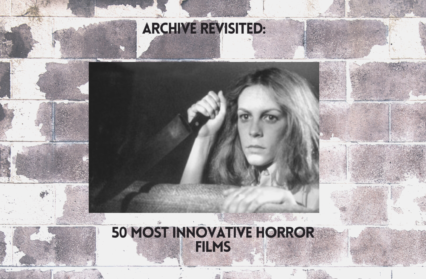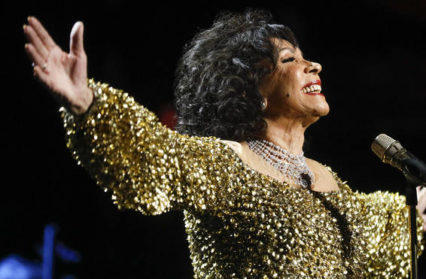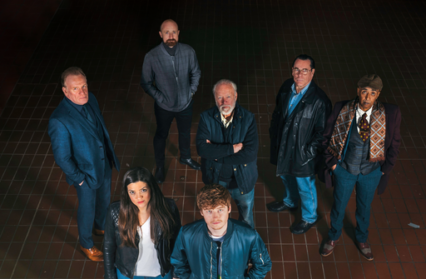Thomas Tyrell reviews Colette, the biopic of the 19th century French novelist, starring Keira Knightley, directed by Wash Westmoreland.
My Apprenticeships by Colette is one of the handful of books I’ve stolen. Or rather, I borrowed it without asking from the shelves of a pub down the road, and when, struck by conscience, I returned to restore it, the landlords had redone the place and chucked out the bookshelf. I wish I’d stolen all the other volumes while I was at it.
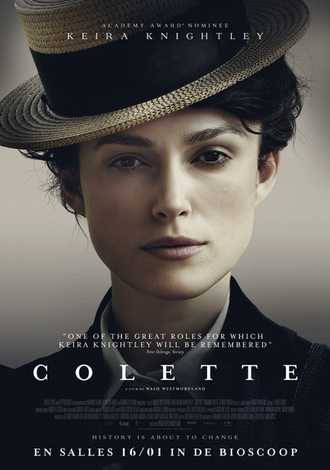
Colette covers roughly the same period as the autobiography. It begins by introducing us to Sidonie-Gabrielle Colette (Keira Knightley) as a young country girl, dazzled and seduced into a marriage with Willy (Dominic West), a titan of the Parisian literary scene, who secretly has his every piece of writing ghosted by other authors. His greatest success is when he publishes his Colette’s first novel, Claudine at School under his own name. Its runaway popularity leads to an ongoing series of novels, with Willy often locking Colette away in the study for hours at a time to force her to produce material. Colette, meanwhile, embarks on a series of lesbian affairs, providing salacious material for the later Claudine novels, learns choreography and embarks on a stage career. Meanwhile, Willy’s poor business decisions and unwillingness to give Colette the credit for her own work test their unusual marriage to breaking point.
The interplay and power play between Willy and Colette is at the heart of both the film and the memoir, and Knightley and West have more than the requisite chemistry to pull it off, giving us Colette’s charm and bitter anger while making Willy sympathetic even at his most tyrannical. The film is the more accessible option for those unfamiliar with Colette’s story, easing us into the world of literary Paris, where the memoir bombards us with sketches of forgotten literary personalities. Given the alarmingly photogenic combination of Keira Knightley, Paris and fin-de-siècle fashion, it’s to the film’s credit is that it never paints on the gloss to the point where you could mistake it for a perfume advertisement. Colette’s first literary salon is full of artists and eccentrics doing mad, eye-catching things like pouring milk into pianos, but the focus throughout the scene is on Colette herself, bored and bewildered, wandering through the rooms with no-one to talk to, identifying chiefly with the bejewelled tortoise that has been put on display as a talking point.
Colette, as a writer, is less well known in the anglophone world than the francophone one, and the film banks on this by presenting events crucial to Colette’s own mythology with an appealing realism. Here, for example, is one of my favourite passages from My Apprenticeships, where Willy realises he has a bestseller on his hands:
It was on our return from one of these visits to Franche-Comté that M. Willy decided to tidy his writing desk. The odious piece of furniture, hideous in its red baize cover and sham ebony paint, was turned out, the whitewood drawers appeared, disgorging a compressed mass of papers, and there came to light the forgotten set of copy-books I had so industriously blackened: Claudine à l’Ecole.
“Hullo!” said M. Willy. “I thought I had chucked those away.”
He opened one of the copy-books, turned the pages:
“It’s rather nice.”
He opened a second copy-book and said no more. A third, a fourth.
“My God!” he muttered. “I am the bloodiest fool.”
He swept up the scattered copy-books just as they were, grabbed his flat-brimmed top hat and bolted to his publishers. And that is how I became a writer.
In the film, the scene is set in Paris, not the countryside; the copy-books are unearthed because the desk is being repossessed by bailiffs. Rather than bolting to his publishers with them, Willy sits down with Colette and assists her with a second draft and polish. It’s much more akin to how writing actually happens and much less preoccupied with creating the Colette mythology. It also means that Willy, who comes across in the memoir as something of a Bluebeard figure, is given a fair chance, and when Colette rejects him at the film’s end, it seems all the more justified: he has been weighed, measured and found wanting.
In an unprecedentedly brilliant year for queer cinema, Colette is never going to rival the popular appeal of Bohemian Rhapsody, or the critical darling that is The Favourite. Nonetheless, it is an engaging introduction to the life and work of one of France’s greatest authors, as well as a thoroughly well-performed and well-crafted piece of cinema. There’s something delightful in the ease with which Colette’s lesbianism is accepted in the raffish Parisian circles that Willy frequents, and there’s extra satisfaction for those awake or informed enough to notice the casting of trans actors in some cis-gender background roles: an unusually fine example of a film practising the tolerant values it preaches.
Thomas Tyrrell has a PhD in English Literature from Cardiff University and is a regular contributor to Wales Arts Review.


